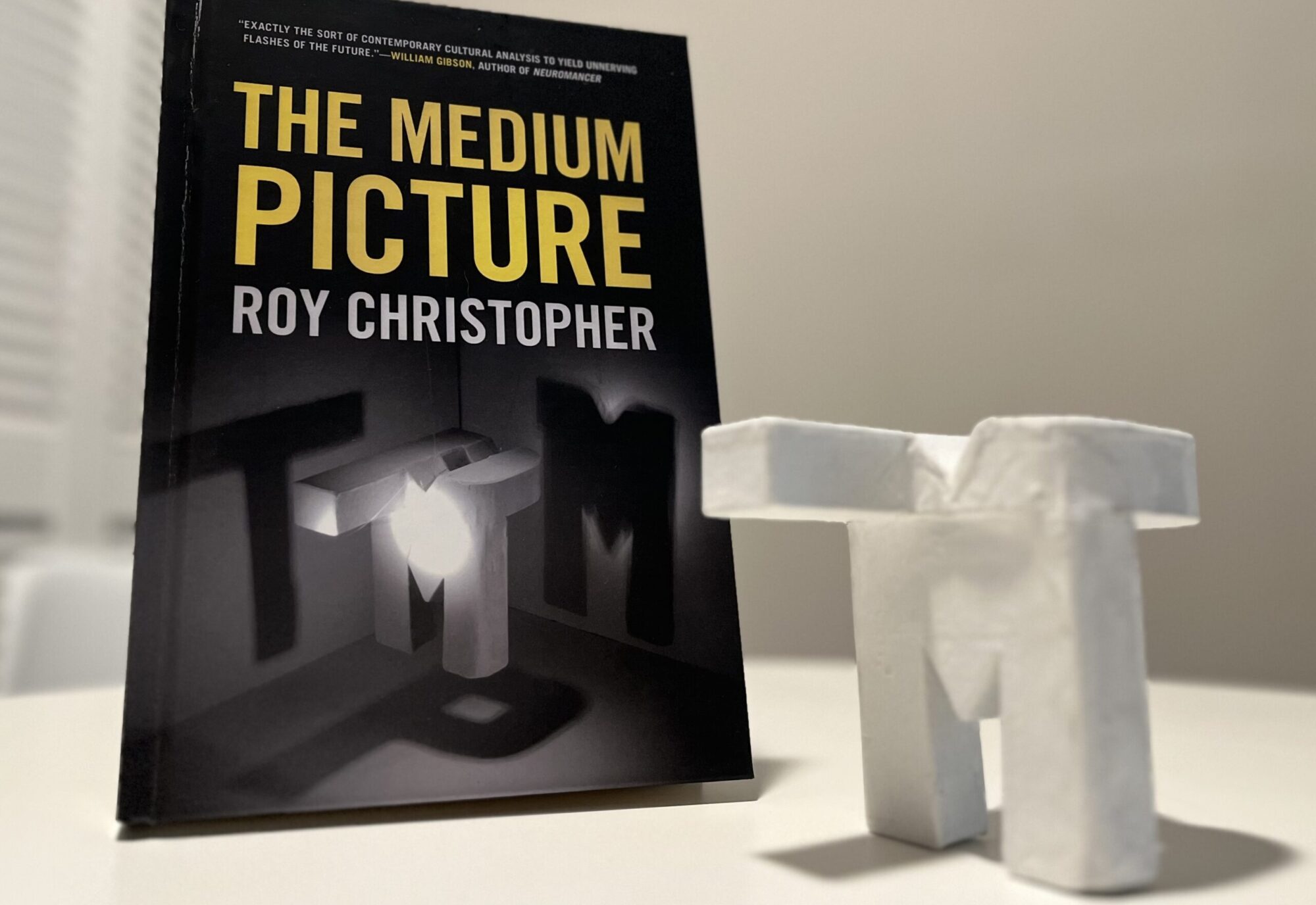 One of the major things that differentiates the human species from all other species on Earth is our ability to externalize subjective memory. To write things down. To store and exchange ideas outside of our brains. This all started with cave paintings and etchings. Graffiti, if you will, was the beginning of written history.
One of the major things that differentiates the human species from all other species on Earth is our ability to externalize subjective memory. To write things down. To store and exchange ideas outside of our brains. This all started with cave paintings and etchings. Graffiti, if you will, was the beginning of written history.
Graffiti proper, in the modern sense of the term, started in the late 1960s in New York City when a kid from the Washington Heights section of Manhattan known as Taki 183 (“Taki” being his tag name and “183” being the street he lived on) emblazoned his tag all over NYC. He worked as a messenger and traveled all five boroughs via the subways. As such, he was the first “All-City” tagger. Impressed by his ubiquity and subsequent notoriety, many kids followed suit and graffiti eventually became a widespread renegade art form. Graff writers embellished their names with colors, arrows, 3-D effects and mad lettering styles.
By the mid-to-late 1970s, New York — especially its subway system — was literally covered with brightly colored murals with not only tag names, but holiday messages, anti-establishment slogans and full-on art works known as “pieces” (short for “masterpieces”). The world of graff preceded the rest of Hip-Hop culture, but became an integral part during hip hop’s early-1980s boom, joining Breakdancing, emceeing and DJing as Hip-Hop’s four elements.
 Replacing the drab city walls and boring metal subway trains with greetings and flashy colors, most graffiti artists honestly saw themselves as doing a service to the city. City officials and stuffy citizens hardly agreed. Massive anti-graffiti campaigns grew right along with the artform itself and are still in effect today in most major metropolitan areas. These specialized anti-graffiti forces only added to the artform’s already outlawed status. The ability to pull off a hype piece under such increasing pressure only made great writers more revered for their skills.
Replacing the drab city walls and boring metal subway trains with greetings and flashy colors, most graffiti artists honestly saw themselves as doing a service to the city. City officials and stuffy citizens hardly agreed. Massive anti-graffiti campaigns grew right along with the artform itself and are still in effect today in most major metropolitan areas. These specialized anti-graffiti forces only added to the artform’s already outlawed status. The ability to pull off a hype piece under such increasing pressure only made great writers more revered for their skills.
Graffiti still thrives in the jungles of our inner cities. It has survived as what Jello Biafra recently mentioned as “the last bastion of free speech”, and Abbie Hoffman called wall painting “one of the best forms of free communication.” Anyone can grab a can of spray paint or a fat marker and make their thoughts known to the passing population. You can buff graffiti, you can paint over it and you can arrest its practitioners, but as long as someone feels that their voice isn’t being heard, you can’t make it go away.
[Disinformation, October 18, 1999]
[photo by Drew Donnolly]
[art by SIRONE]

